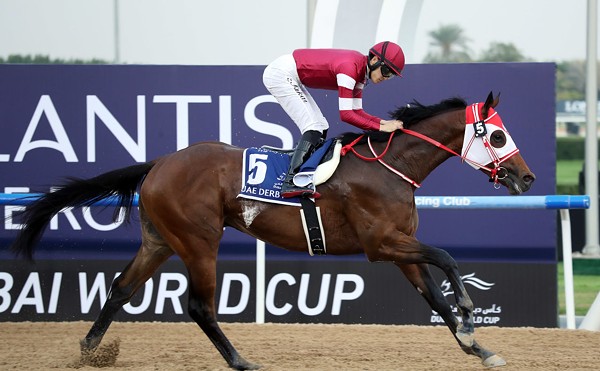It’s worth the small effort to learn how to taste wine as the wine geeks do. Why? Because quality wine (defined as a “bottle that costs at least twice as much as a six-pack of microbrewery beer”) should merit more attention than Coca-Cola or iced tea, or what’s the point of the extra toll?
Good wine is made from grapes and nothing but grapes. But grape variety, soil and climate, fermentation, oak barrels and other winery decisions produce a beverage with aromas and flavors that may remind you of almost anything but grapes. Raspberries, strawberries, the fine wines we brew; plums and prunes and even pomegranates, oh my; not to mention vanilla, coconut, leather ... descriptive wine words run into the thousands, filling hefty books about wine tasting.
The standard procedure for tasting wine — as opposed to merely drinking wine — calls for slowing down to smell the roses. Involve all your senses in contemplating its look, its smell, its taste and the overall impression it leaves behind. Want an example?
Laurel Glen 2007 Lodi Red Wine ($9.99).
Very deep purple, dark and shiny as patent leather. The aromas blend earth and fruit in a fusion of Golden State hippie and laid-back Euro-trash. Bold flavors whack the palate with tastes of red cherries and raspberries and maybe a dash of cherry liqueur. Robust and rustic, it’s wine you could really enjoy with pizza or pasta on a red-checkered tablecloth.






